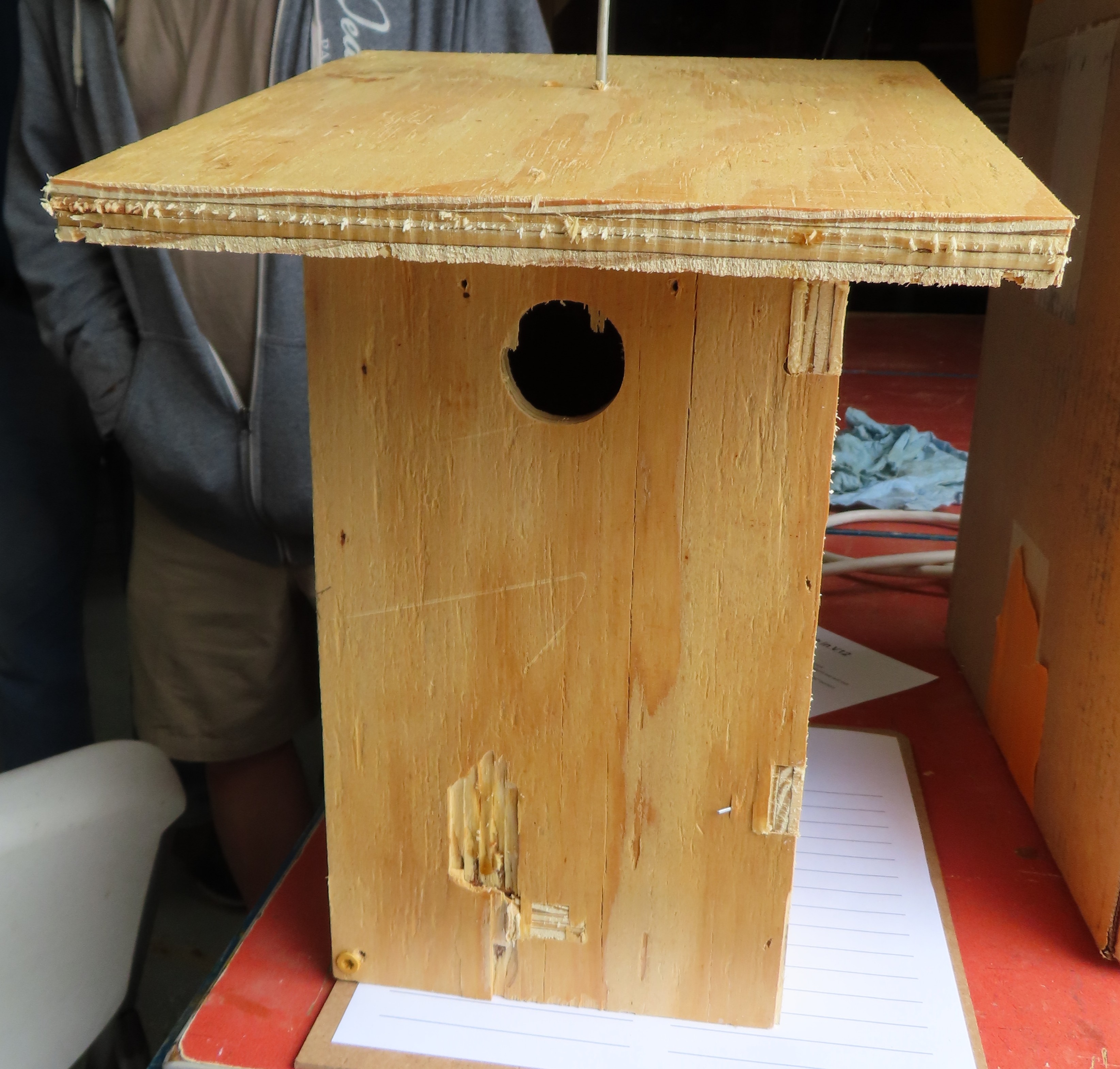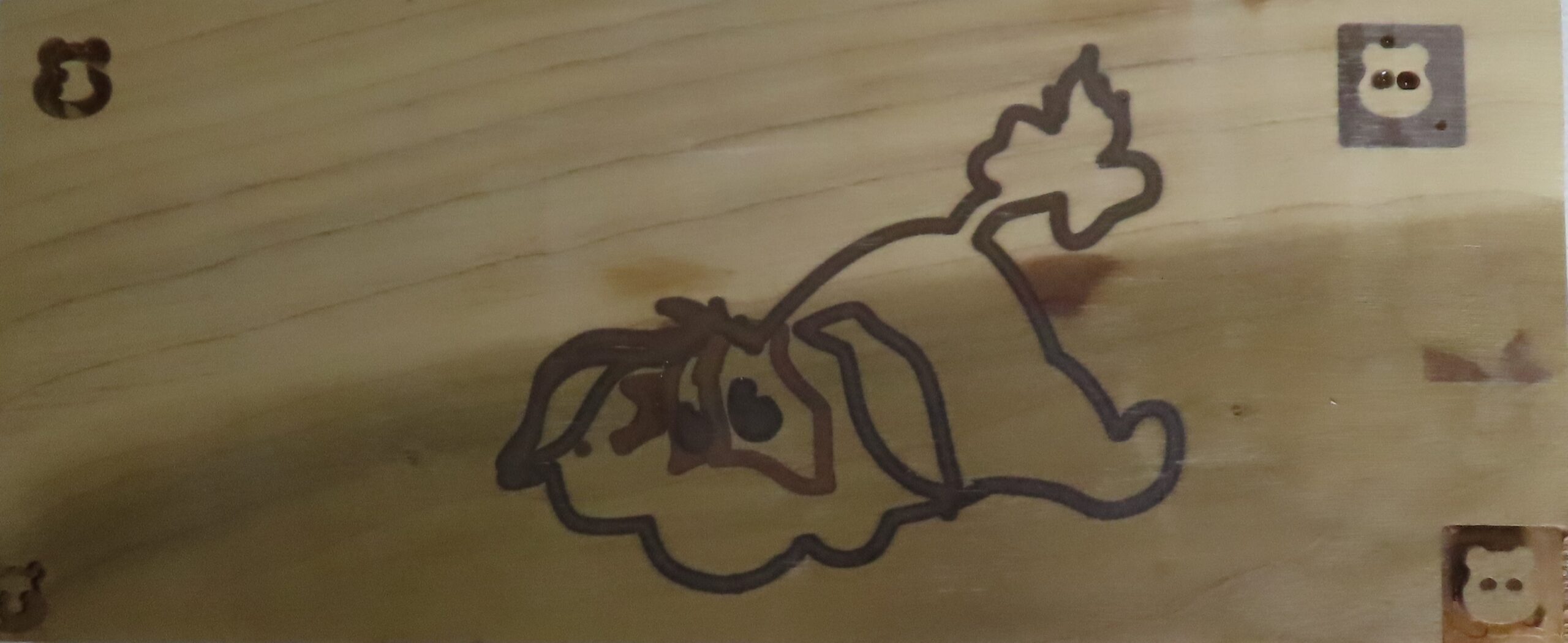Now that CNC Router machines have become more affordable, wood inlays are becoming more popular. The training for the June CNC class was all about using the V-Carve Inlay Toolpath with Vectric Version 12. The class was led by Kenneth Thomas, who also hosted the meeting at his shop. There were 9 CNC’ers in attendance.


Kenneth began the session by explaining how to use sheets for inlays. He named his first sheet Base; it would be used to design the base portion of the project. He named the second sheet 1-plug; it would be used to design the inlay insert (i.e., the plug). Note that Vectric does not provide an option for reordering sheets; instead, it displays the list in alphabetical order. By placing “1-” in front of plug will ensure the Plug sheet will be listed first.
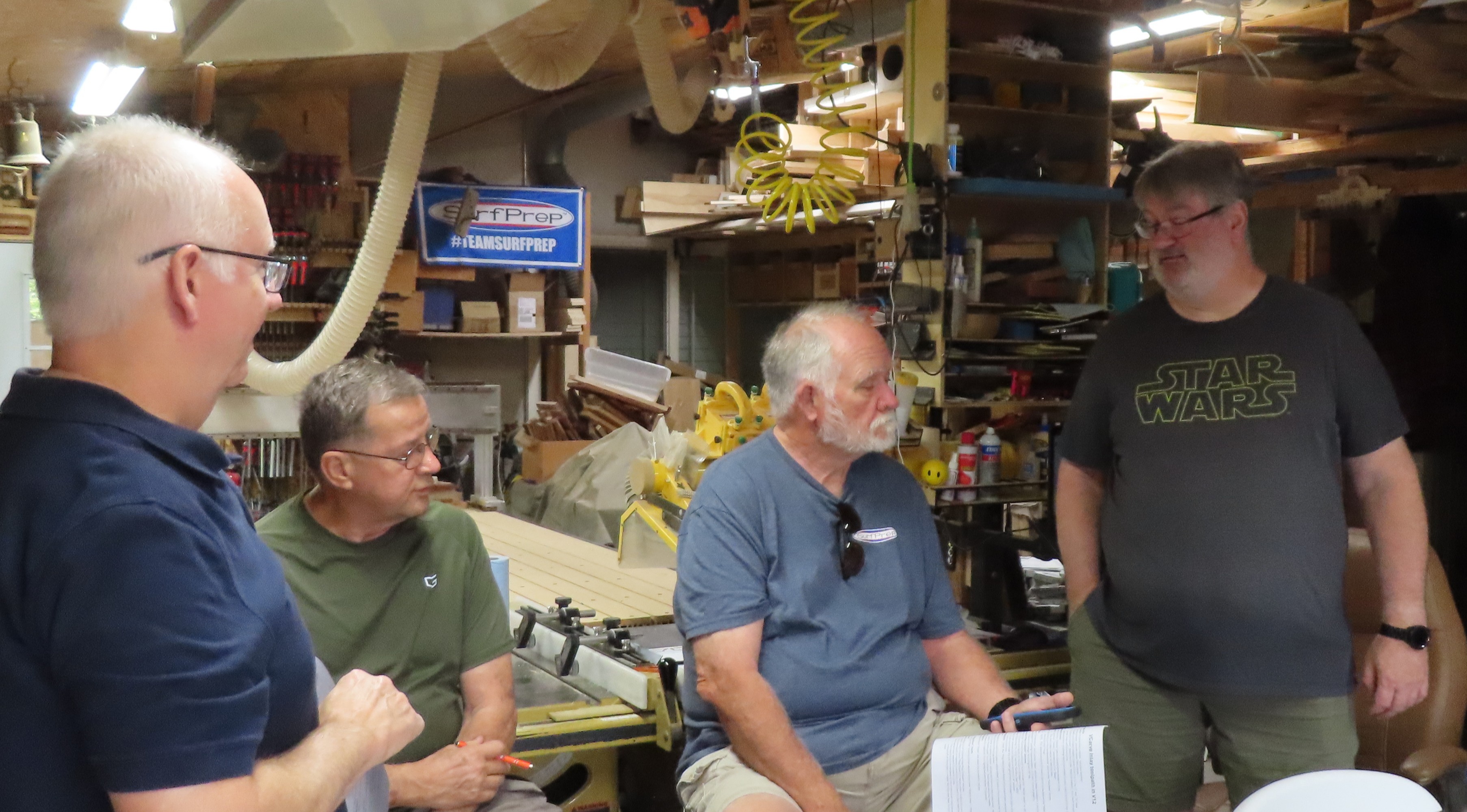
Today’s project used text to demonstrate the concepts. All design work is done on the base. Selecting the proper font is essential – using Serif type fonts could become problematic; its best to use easily machinable fonts. Also, selection of the wood is important. Oak is porous, and leads to breakage. Dense woods like walnut, cherry, and maple are better for making the inlays. Selection of the cutting tool is also important. For this project, a ¼” down cut end mill was used for roughing, and a 45-degree V-carve bit was used for finishing the edges. Rough cut parts – base and insert:
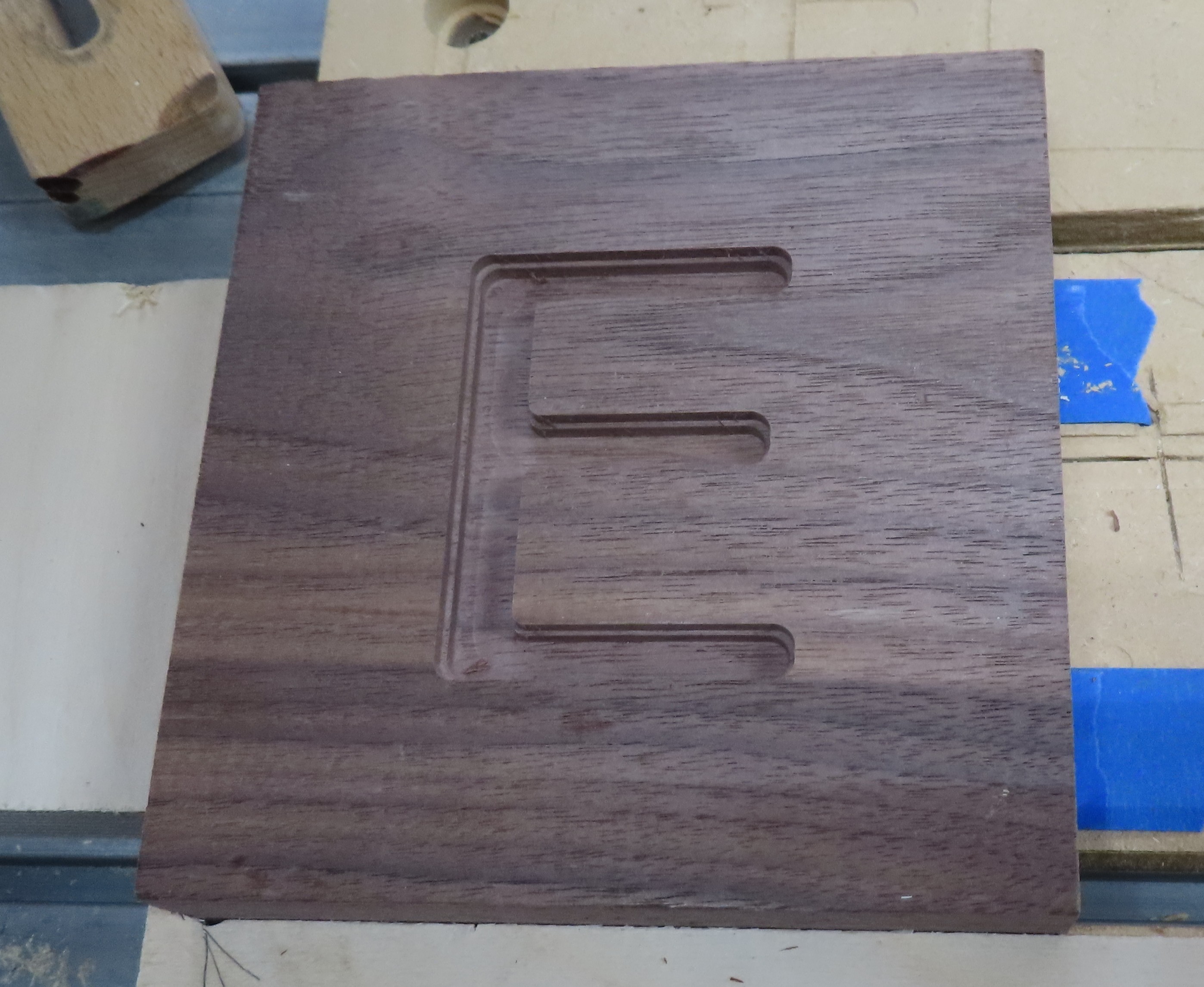
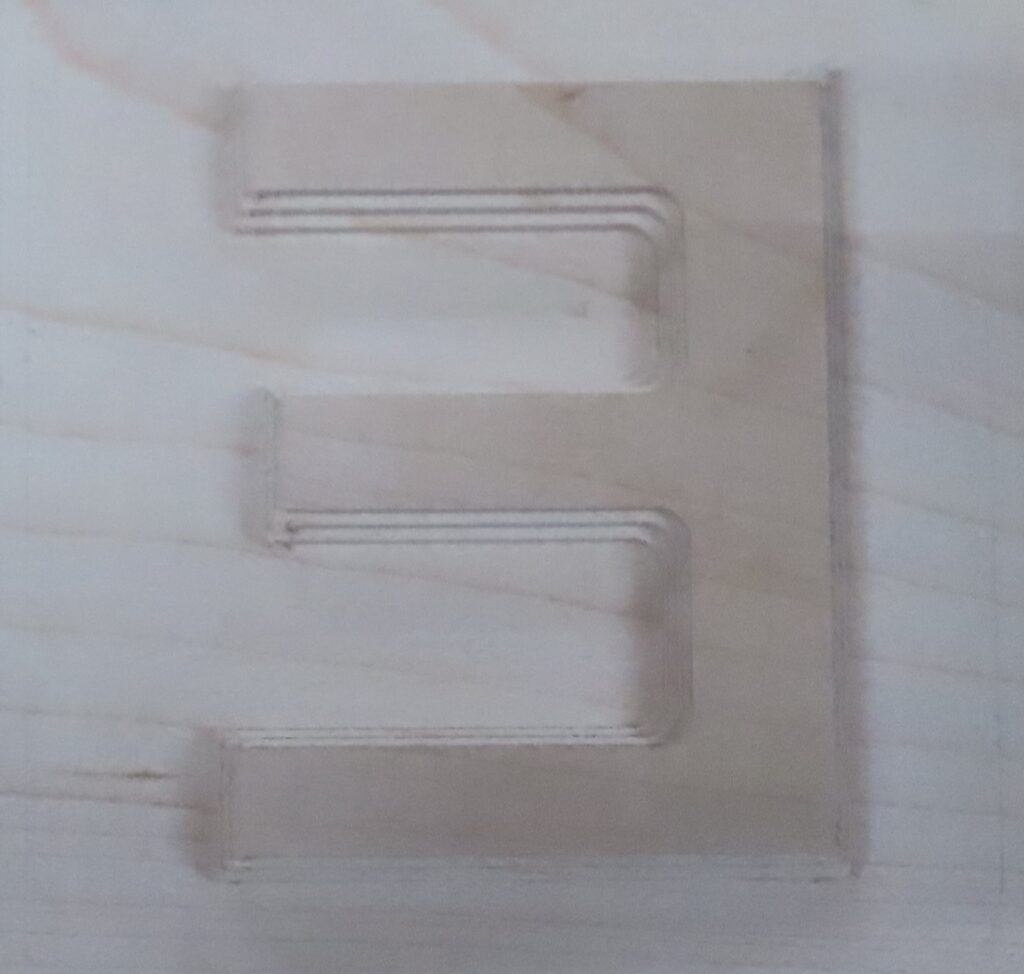
There was discussion on the order of machining: V-bit then end mill, or vice versa. For this project, the end mill was used first. A down cut bit was selected because it leaves a better surface finish, an important aspect for inlays.
Finished parts:


There was also discussion on the glue gap, which is the space under the plug. For this project, a 1/32” glue gap was used, and a 1/16” surface gap was used. The pocket depth was ¼”. Another important tip – if you make a mistake, don’t try to fix the tool path. Instead, delete all existing tool paths and start over. And use slow cuts with the V-bit to avoid chip out. For this project, the machine was set to 25 inches per minute.
Show & Tell
Roberto Camino shared a yarn bowl inlay project that he made using his Shaper Origin router. The prototype was made with poplar; the final version will be made using maple and walnut.

Reminder – the July CNC training has been moved to July 13 so that everyone can fully enjoy the 4th of July weekend with family, friends, and their CNC machine!
